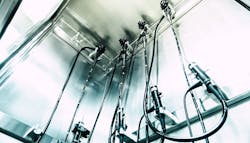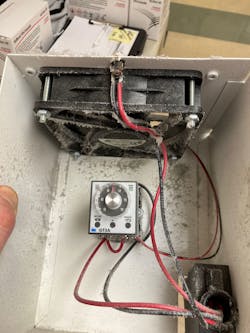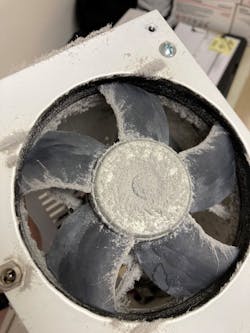Hidden risks of endoscope storage cabinets
Methods of protecting endoscopes that have undergone high-level disinfection (HLD) or liquid chemical sterilization (LCS) from damage and contamination during storage have changed over the years. Not long ago, healthcare organizations stored patient-ready endoscopes in a variety of transport bins (sometimes in bags), in their original endoscope boxes with foam inserts, and upright in cabinets (with and without airflow). These methods were viewed as appropriate at the time and as a means of keeping processed endoscopes from becoming recontaminated and accidentally damaged. Over time, those processes changed and eventually moved to storage cabinets more appropriately designed for this purpose.
Conclusion
It is easy to see why endoscope storage cabinets can be taken for granted and may be perceived as low risk; however, improper or inadequate maintenance and cleaning steps can eventually lead to serious problems. Leaders should take time to review their current processes and modify their practices as needed to comply with the latest guideline updates and/or changes to the IFU. ST91:2021 has added clarity and will help leaders ensure safe and proper endoscope processing and storage.
About the Author

David Taylor
Principal, Resolute Advisory Group LLC
David L. Taylor, MSN, RN, CNOR is an independent hospital and ambulatory surgery center consultant and the principal of Resolute Advisory Group LLC, in San Antonio, Texas.


